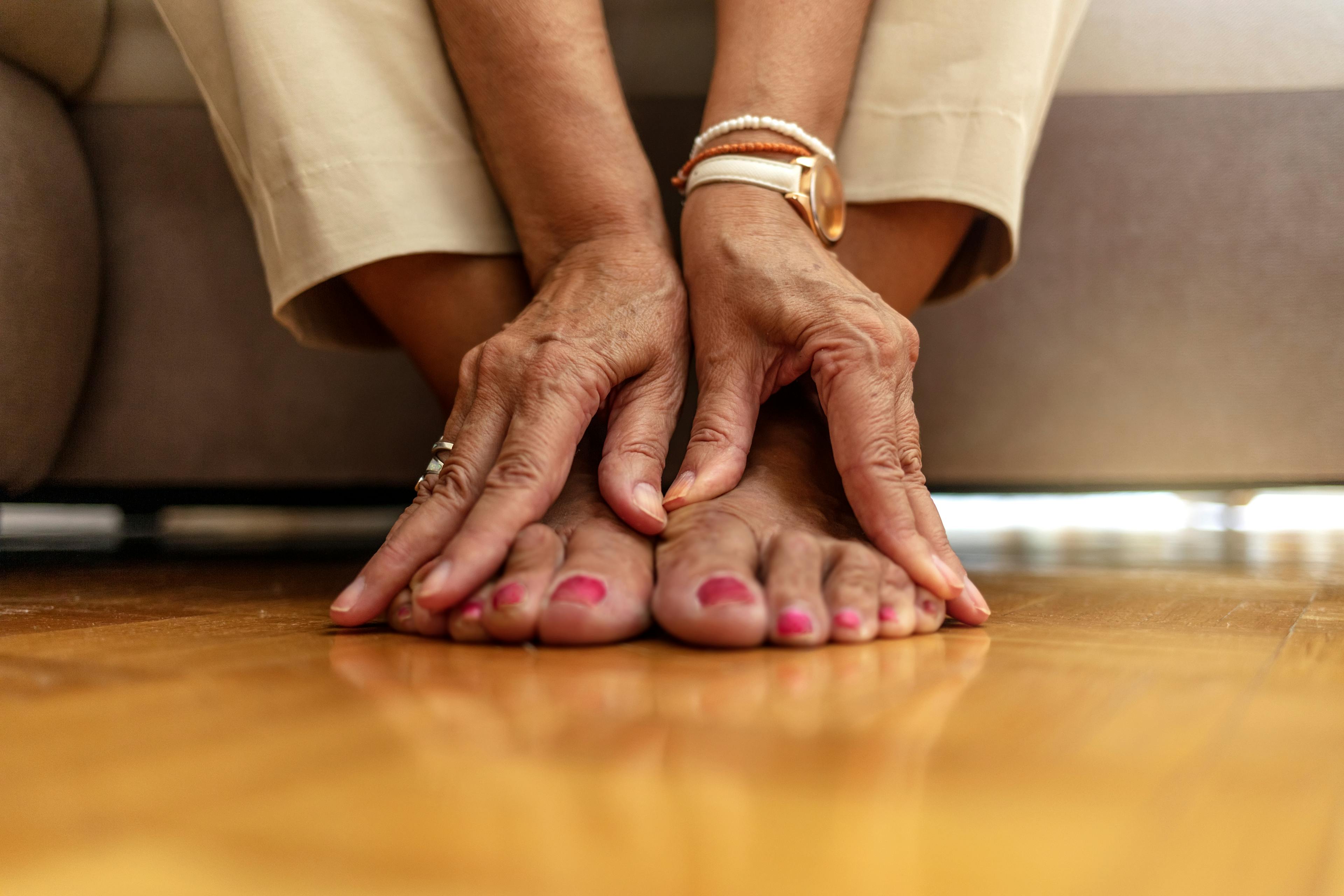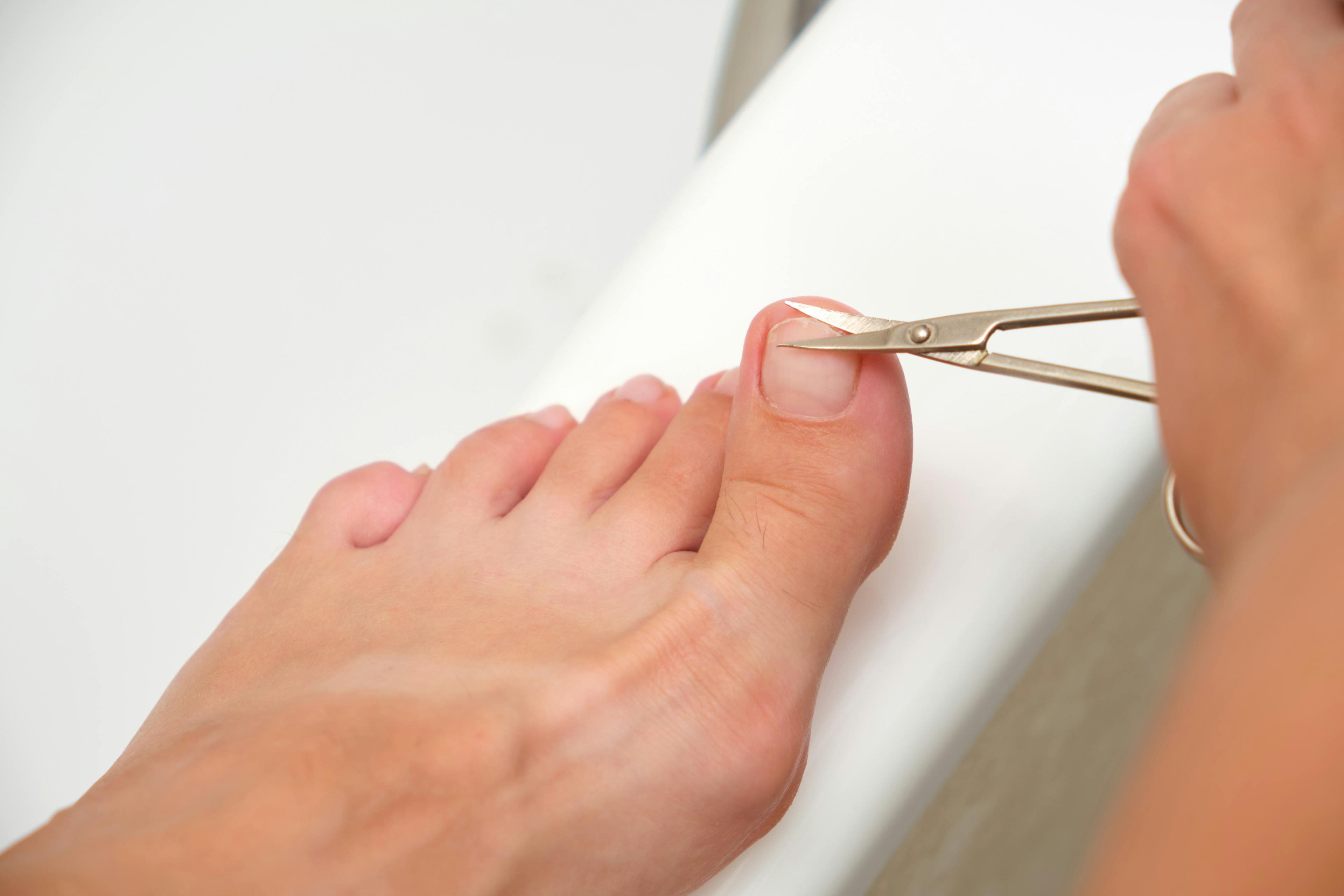Our feet carry us through life, yet they’re often overlooked until something goes wrong. Cracked heels, also known as heel fissures, are among the most common and uncomfortable foot issues. While they may seem like a minor cosmetic problem, untreated cracked heels can lead to deeper fissures, infections, and chronic pain.
This guide explores the causes, symptoms, and the best treatments for dry cracked heels, along with preventive strategies to help keep your feet healthy and comfortable.
What Are Cracked Heels?
Cracked heels occur when the skin around the heel becomes excessively dry, loses its flexibility, and begins to split. These cracks can range from small, surface-level fissures to deep cuts that cause pain or bleeding. Pressure from standing, dry climates, and poor foot care are common contributors.
Why Do Cracked Heels Happen?
The skin on our heels is naturally thicker and more prone to dryness. Without adequate moisture, it becomes less elastic and more vulnerable to cracking, especially under repeated stress or friction.
Common Causes of Cracked Heels
- Dry Skin and Dehydration: A primary cause, often worsened by cold weather, low humidity, or hot showers.
- Prolonged Standing or Walking: Extended time on your feet increases stress on the heels, particularly on hard surfaces.
- Inappropriate Footwear: Shoes that lack heel support, such as sandals or flip-flops, can increase the risk of heel fissures.
Signs and Symptoms
Recognizing early signs allows for quicker treatment and helps prevent complications.
Visual Clues
- Dry, flaky skin
- Yellow or brown calluses around the heel
- Visible cracks or splits
- In more severe cases, bleeding or deep fissures
Physical Discomfort
- Itching or tenderness
- Pain during walking or standing
- Sensitivity when pressure is applied
Essential Foot Care Tips
Preventing and treating cracked heels starts with consistent hydration and gentle exfoliation.
Daily Moisturization
Use a top rated cracked heel cream containing ingredients such as urea, shea butter, or glycerin. Apply after bathing and again before bed to lock in moisture.
Exfoliation Techniques
Use a pumice stone or a mild scrub to remove dead skin buildup. Avoid vigorous scrubbing, which can worsen irritation or deepen cracks.
Therapeutic Foot Soaks
Soaking your feet in warm water with Epsom salts or essential oils helps soften skin and encourage healing. Limit soaks to 15 to 20 minutes to avoid excessive drying.
Natural Remedies for Cracked Heels
Several natural ingredients can support skin repair and hydration.
- Coconut Oil: Moisturizes and offers antimicrobial benefits. Apply before bed and wear socks to maximize absorption.
- Honey and Aloe Vera: This combination soothes and hydrates cracked skin. Use as a foot mask or soak for added relief.
- Vitamin E: Topical oils or supplements improve skin texture and elasticity, helping prevent future fissures.
Choosing the Right Footwear
Supportive shoes play a key role in managing and preventing cracked heels.
Best Practices
- Choose footwear with strong arch support and cushioned soles.
- Ensure a secure fit to reduce friction and prevent pressure on the heels.
Avoid Open-Back Shoes
Open-back shoes can feel cool and comfortable, but they leave your heels unprotected. This can lead to dryness and rubbing, which may cause cracked skin.
When to Seek Professional Help
If home care fails to improve your condition, consult a podiatrist or foot care specialist.
Podiatric Assessment
A specialist can evaluate your feet, identify underlying causes, and recommend targeted treatment options.
Prescription Options
Creams containing urea, salicylic acid, or lactic acid may be prescribed for persistent or severe cases. These ingredients deeply moisturize and gently exfoliate dry skin.
How to Prevent Cracked Heels in the Long Term
Stay Hydrated and Eat Well
Drink plenty of water and follow a diet rich in vitamins A, C, E, and zinc. These nutrients support skin health and regeneration.
Monitor Your Feet Regularly
Incorporate weekly foot checks into your self-care routine. Catching signs of dryness or cracking early helps prevent progression.
Special Considerations for People with Diabetes
People with diabetes should be especially vigilant about foot health. Cracked heels can develop into serious infections due to reduced circulation and slower healing.
A Little Extra Care Goes a Long Way
Taking a few minutes each day to check your feet, apply moisturizer, and keep up with podiatrist visits can make a big difference in preventing problems and keeping your feet healthy.
Take the First Step Toward Healthier Heels
Cracked heels aren't just about appearance—they can lead to real pain and complications if left untreated. The good news? With the right care, relief is within reach. From daily moisturizing to supportive footwear and professional podiatry care, you can heal your heels and prevent future issues.
Schedule an appointment today and step into lasting comfort and confidence.





